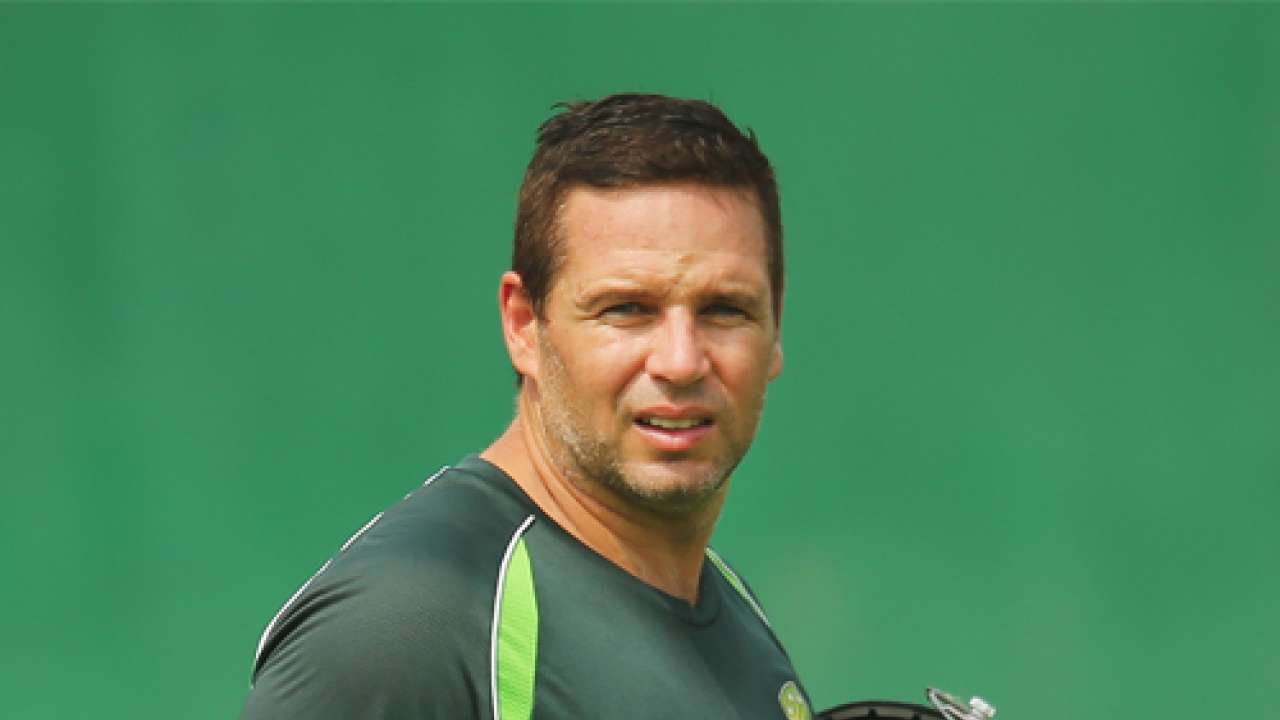
The retirement of Brad Hodge from international cricket went largely unnoticed. An intriguing Australian career that passed away into the annals of dusty record books and obscure databases – unwept, glaringly un-honoured and unsung. But, then, it was typical of this unfortunate cricketer. Throughout his stop-start, stagnant career, Hodge had been shunned by success (read selectors) often enough to be compelled to hire himself out as a mercenary.
The man made 60 on his Test debut in late 2005. In his third Test, the first time he played against the mighty South Africans, he faced Shaun Pollock, Makhaya Ntini, Charl Langeveld and Andre Nel on a pacey Perth wicket and compiled an undefeated 203. He finished the series with over 300 runs, at an average of 77. Yet, when the side was picked for the return series in the Rainbow Nation, the selectors mumbled ‘judgement call’, hinted at some obscure technical flaw against fast bowling, and opted for Damien Martyn and Michael Clarke. Hodge did not make it back to the Test side for another two and a half years.
While out of the Test team, he grabbed his opportunity as Ricky Ponting rested in the One Day format. He scored 97 and 99 against New Zealand, unbeaten on both occasions, getting his runs at more than a run a ball. His claims to a spot in the 2007 World Cup squad could not be ignored after that. There, in the West Indies, he blasted the Netherlands’ attack to score 123 off 89 balls, and was not played again in the tournament. A poor Indian tour that winter ended his days as an ODI cricketer forever.
Recalled to the Test squad for the tour of West Indies in 2008, Hodge played just one Test in Kingston and scored 67. Incredibly, that was the last Test of his curious career. In six Tests he averaged 55.88, and was not picked for any more.
According to the man himself, it was during the 2009-10 Sheffield Shield match against South Australia that he made his decision. Coasting on his characteristically tall scoring ways, he piled up 195 in that game. However, a hit straight over the head of the bowler for six when the ball was new and the stumps near convinced him he was no longer enjoying the longer format. He had been around for 16 years at the top level. Waiting in the wings for an eternity was not really proving to be a lip-smacking option.
The game had changed during his playing days. Gilt-edged opportunities had opened up if only one chose to turn one’s focus from the traditional glory of playing for the country. Hodge concentrated on becoming the hired gun in the batting line up of private teams in the bash-ball leagues. He traded the baggy green for the glossy gear of the T20 tournaments around the world. He was a mercenary, one of the first of his kind – and turned out to be one of the best.
For the next few years here presented the Kolkata Knight Riders, Barishal Burners, Kochi Tuskers, Rajasthan Royals, Melbourne Stars and Northern Districts. For most of the teams he blazed away, averaging 42 for the Burners, 43 for the Stars, 40 for the Royals, 36 for the Tuskers and a whopping 65 for Northern Districts.
The services rendered to these outfits not only gained him recognition, but also the stamp of the indispensable that he strangely missed from his national team. In a convoluted way, it was his showings in the Indian Premier League (IPL) for Rajasthan Royals and then in the KFC Twenty20 Big Bash for Melbourne Stars that enabled him to claw his way back to the Australian T20I side after nearly six years in the wilderness. It allowed him a final fling in the World T20I 2014.
Perhaps somewhere in the hireling heart of this soldier of fortune, there throbbed a tiny quivering hope that he would get recognition from his country once more. And having earned this last feather in the most cherished of his many caps, the 39-year-old called it a day from international cricket – to focus his remaining cricketing days in the fertile fields of T20 leagues rather than the unwelcoming frontiers of national duty.
The pedigree of Hodge’s batsmanship is borne out by the numbers – over 17,000 runs with 51 hundreds at an average of 48 in First-Class cricket, over 7,000 in List A matches at 43. At the same time, his professionalism is vouched for by each and every team that was delighted to engage his services. Paddy Upton recalls the stirring pep-talk he delivered extempore for the Rajasthan Royals, all the while hobbling with a severely damaged knee. It is surprising that a man of his credentials as a cricketer and merits as a team man was perpetually spurned by his country. Little wonder then that he chose to be the itinerant travelling cricketer.
However, given the changing structure of cricket in the current day, perhaps Hodge is just a template for the many cricketers who will gradually gravitate to the security and scope provided by the private T20 leagues. Hodge may turn out to be a trendsetter in a global exodus across the formats we are about to see in the modern game.
Arunabha Sengupta is a cricket historian and Chief Cricket Writer at CricketCountry. He writes about the history and the romance of the game, punctuated often by opinions about modern day cricket, while his post-graduate degree in statistics peeps through in occasional analytical pieces. The author of three novels, he can be followed on Twitter at @senantix.